"Exploring Cultural Traditions: The Role of Soap in Fostering Love and Bonding Between Couples"2/21/2024
0 Comments
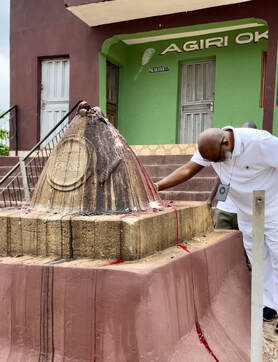 Chief Dr. Kioni @ Oke-Itase Chief Dr. Kioni @ Oke-Itase Why African Americans Are Afraid to Embrace African Spirituality? By Chief Dr. Kenneth Fuller ©️2024 This question touches on a complex and multifaceted topic that involves personal beliefs, cultural identity, historical context, and individual experiences. It is vital to approach this subject with sensitivity and respect for diverse perspectives. The reasons why some African Americans may be hesitant to openly embrace African Traditional Religions (ATRs) while privately engaging in practices like hoodoo aka African American Herbal Magic can vary and are not universal among all individuals. However, here are a few factors that may contribute to this phenomenon: 1. Historical Trauma: The history of African Americans in the United States is marked by slavery, oppression, and the forced erasure of African cultural practices. During slavery, Africans were stripped of their religious and cultural identities, and their traditional spiritual beliefs were often demonized or suppressed. This traumatic history may have created a disconnect between African Americans and their ancestral African religions, leading to a sense of fear or reluctance to embrace them openly. 2. Cultural Assimilation: Over time, African Americans have assimilated into American society, adopting Christianity as their dominant religion. The influence of Christianity, combined with societal pressures to conform, may have led to a distancing of African Traditional Religions among some African Americans. There could be a fear of being seen as deviating from the dominant religious norms and facing social judgment or stigmatization. 3. Stigma and Misconceptions: African Traditional Religions, including practices like hoodoo, have often been misunderstood and stigmatized in mainstream society. This negative perception can create a sense of fear or shame among African Americans who may be interested in exploring their ancestral religions. This fear of judgment or discrimination may lead individuals to practice these traditions secretly to protect themselves from potential backlash. 4. Personal Beliefs and Preferences: It is essential to remember that religious beliefs and practices are deeply personal and can vary widely among individuals. Some African Americans may simply have different spiritual beliefs or preferences that do not align with African Traditional Religions. Each person's spiritual journey is unique and should be respected. It is important to note that there is a growing interest among some African Americans in reconnecting with their African roots and exploring African Traditional Religions. Many individuals are actively seeking knowledge, engaging in cultural exchange, and embracing their ancestral traditions. However, the decision to openly practice or embrace any religious or spiritual belief is a personal one and should be respected without judgment or assumptions. In conclusion, the reasons why some African Americans may be hesitant to openly embrace African Traditional Religions while engaging in practices like hoodoo or African American Herbal Magic can be influenced by historical trauma, cultural assimilation, stigma, misconceptions, and personal beliefs. It is crucial to approach this topic with empathy, understanding, and respect for individual choices and experiences. How does cultural assimilation affect African Americans' willingness to openly practice ATRs? Cultural assimilation can have a significant impact on African Americans' willingness to openly practice African Traditional Religions (ATRs). Here are a few ways in which cultural assimilation can influence their decision: 1. Dominance of Christianity: Christianity has historically been the dominant religion among African Americans, largely due to the influence of European colonization and the enslavement of Africans in America. As a result, many African Americans have adopted Christianity as their primary religion and have been socialized within Christian communities. The pressure to conform to the dominant religious culture can make it challenging for individuals to openly practice ATRs, which may be seen as deviating from or contradicting Christian beliefs. 2. Religious Upbringing and Family Dynamics: African Americans who have been raised in Christian households and communities may face resistance or disapproval from their family members if they openly practice ATRs. Family dynamics and the desire to maintain familial harmony can influence individuals to keep their ATR practices private. The fear of disappointing or conflicting with the religious beliefs of their loved ones can be a significant factor in choosing to practice ATRs secretly. 3. Cultural Erasure and Disconnection: The historical erasure of African culture, traditions, and religions during slavery and colonialism has had a lasting impact on African Americans' connection to their ancestral religions. The loss of knowledge, rituals, and practices due to forced assimilation has made it challenging for some individuals to openly practice ATRs. The lack of cultural connection and limited access to resources can create a barrier to openly embracing and expressing these beliefs. 4. Social Stigma and Discrimination: African Traditional Religions have often been stigmatized and misunderstood in mainstream society. The negative stereotypes and misconceptions surrounding ATRs can lead to social judgment, discrimination, or backlash if individuals openly practice these religions. The fear of facing social or professional ramifications, such as being ostracized or discriminated against, may lead some African Americans to keep their ATR practices hidden. 5. Desire for Acceptance and Belonging: Cultural assimilation can create a desire for acceptance and a sense of belonging within mainstream society. Some African Americans may feel pressure to conform to societal norms and expectations, including religious practices. This desire for acceptance and fear of being seen as "different" or "other" can discourage individuals from openly embracing ATRs. It's important to note that not all African Americans who engage in ATRs choose to practice them secretly. There is a growing movement of African Americans who are reconnecting with their African roots and openly practicing ATRs. However, the influence of cultural assimilation and the factors mentioned above can impact an individual's willingness to openly express their ATR beliefs and practices. Creating a safe and inclusive environment that respects diverse religious and spiritual beliefs is crucial to supporting individuals who may choose to practice ATRs openly. Yemoja is considered a protective deity in the Yoruba religion of Ifa. She is believed to watch over her devotees and offer them emotional support, guidance, and healing. Yemoja is often invoked for protection against hostile forces, harm, and evil spirits. She is seen as a compassionate and nurturing figure who provides security and safety to those seeking her help. |
There are several different types of incense available in the market, each with its unique fragrance and purpose. Here are some popular types: |
The curious have asked, “What drew me to Ifa?” It was an inner urging deep inside my soul. I kept sensing a yearning directing me to go home to Africa. To learn and adapt their cultural and spiritual ways.
Not in a million years could I have orchestrated the events that unfolded before me. It all began with getting my maternal DNA tested at African Ancestry. Meanwhile, destiny befriended me with a Yoruba Babalawo born to a noble house of Orunmila and who would become the future worldwide leader of Isese.
Here I am today, seventeen years later. I am an Ifa Chief of Eminence Araba Agbaye Makanwale, II, I am also an Honorary Member of His Eminence’s Awo Olodumerindinlogun. And my title is endorsed by HIM Adeyeye Enitan Ogunwusi (Ọjájá II) the Ooni of Ife. This was my destiny.
Perhaps you, too, feel the African ancestral call rising like the sun in your DNA. Don't be afraid to say yes to the ancestors, and ask the Universe to lead the way. Who knows what your destiny will be?
You will be taken out of your comfort zone. And if your experience mirrors mine, you’ll walk through a spiritual vortex uniquely meant for you as a descendant of enslaved and perished Africans.
I guess what I am trying to say is that it is okay to take on a new cultural and spiritual identity without being ungrateful for the ship that brought you here. For many of us, that ship was Christianity.
Christianity or “Chuurch” as we say- was was all Big Ma, and dem knew. It was beaten into their backs and subconscious. And some Sundays, we, as kids reluctant to go to Sunday School and Church- got a strap across our backs too.
It was the enslaver’s religion. In his view, it gave him power over us as animals and ordained our destiny as a race for servitude and chattel. This European Manifest Destiny mindset was beaten into generations of our people until we became docile like sheep. And we have been shouting and celebrating the masta’s religion in Church ever since. We shout harder until we are hoarse, sweaty and exhausted. The irony don't you say?
I'm not saying Jesus was wrong. But I have to wonder why didn't he stop the enslaved Black man named Simon of Cyrene from carrying his cross? Was this a silent nod by the Son of God to our being beast of burden? Or, as some Bible Scholars may say:” It was an honor for the Black man to be chosen to carry the cross for Jesus. That is our place in life.. The latter is what I was taught Evangelicalism.
I heard the Araba of the Obatala Temple in Ile- Ife say “the offspring of Obatala’s wife Oyi was ostracised by his many wives. To keep the peace he asked Olokun, Orisa of the deep ocean to raise him. When the child returned many years later, he was no longer Black. His skin turned pale white like a pearl from lack of sunlight. Obatala was upset that Oyi’s child was unappreciated and abused. Thus he uttered a divine proclamation that Oyi should be given obisiance. He further said Oyi’s child would subjugate all other races and plagerize their inventions.” I am paraphrasing of course.
The above pataki does not say we are to be slaves to the oyinbo. But we are to be aware of his nature and beliefs as they relate to people of color. Now we can go home freely. The old days are gone with the wind. And it's okay to turn our face toward the East Coast of West Africa and plan a pilgrimage home to begin our assimilation into the culture. The surprises that await you will forever transform your life.
May Olduamare and the Ancestors be with you as you reclaim your identity, culture and heritage. Ase
Baba Oloye Ifamuyiwa Aworeni
Atunwase Awo Agbaye formerly known as Kenneth Fuller & professionally known as Dr. Christos Kioni, MSCD, h.c.
Oketase World Ifa Temple 🌴 Ile-Ife, Nigeria. Living in America
African Ancestry
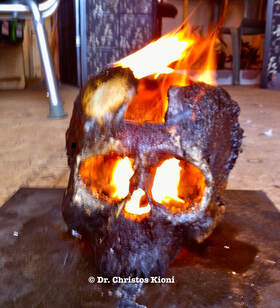
We live in a world where people have become keyboard snipers and cyberbullies. All around you are people whose paranoid nature has misled them. Have you ever wondered why it is so difficult for you to progress? Do you find yourself beset by bad luck and obstacles? Are your dreams filled with warning signs such as conflict, death, pain, and loss?
These are signs that someone may be working conjure against you. I have discovered that the attacks are unwarranted and unprovoked in many instances. What is the proper spiritual response? Should you attack them back? Should you seek vengeance, bind them, or cause irreparable harm? Many people will say yes, fight them, but I beg, hear me out.
Activating karmic justice is a call to action. Whatever your spiritual tradition, when you know your hands are clean and you are innocent, the Universe will answer your prayer for karmic justice. What is karmic justice? It is punishment at the hands of God and not by your own hands. When the offending individual is given to your spirits, you are by that act handing them to God. Refrain from calling anyone’s name because they may have spirits listening, and those spirits will report you to them. Instead, ask that Divine Justice unpack the baggage of the wicked who oppose you. Ask that it be done to them as they intended it to you, back to the sender.
Don’t insist on deciding the judgment by asking for death, tragedy, loss, or financial ruin because you are not the jury, judge, or executioner. In a court of law, your attorney can ask for the maximum sentence that fits a crime, but only the judge gets to determine what the punishment will be. So below, so above is the Hermetic creed. You can ask for justice to be delivered 9x9x9 exponentially on your behalf. And ask on behalf of others who were attacked unjustly. This methodology works very well and leaves you with clean hands before God and the ancestors. Thus the compounded karma generated by their deeds will be multiplied on their heads.
It is essential to do things in the right way. The weight of someone's karmic justice should be determined and measured by God, not you. Once you have summoned the power of the spiritual warriors to protect, and defend you, remind them that vengeance is God’s, and He will repay accordingly. You can control your spirit helpers. Do not allow them to get you into a conjure war simply because of your thirst for revenge and their blood lust. Otherwise, the outcome can be disastrous, not to mention costly in terms of time and resources used to engage in the conflict.
~ His Grace Bishop
Click Here to View in Browser for Multimedia
Spring Specials
20% Off Video Readings - Discount Code (20)
10% Off Phone Readings - Discount Code (10)
Book Your Session Now
FAQ Every Rootworker Should Provide
What Type of Work Do You Do? I am renown for prosperity, abundance and success work. I also accept court cases and new love attraction work. My uncrossing and justification work against witchcraft is legendary.
Is your work guaranteed? I guarantee I will give you my best effort on your case. I cannot guarantee that I am successful with every case. However, I will tell you up front if I see success for you or not. Every case is different and a variety of factors determine the outcome, including your honesty and faith in a positive outcome.
When Will I See Results? I use the law of three to observe the results of magical remediation. We look for results at the following intervals of Three Days - Three Weeks - Three Months. We are working with the Natural Laws of the Universe. I cannot suspend time, nor fast forward it for your convenience. We are working with an Infinite Intelligence that has common sense. If what we desire is not for the highest good of all, your objective will not be obtained, or the results will be short-lived.
How Long Does Your Work Take? This is not television magick or microwave magick. REAL spell work done by a professional practitioner is a very involved process. Any practitioner that advertises 24 hour spell turnaround or spells in a week is either a novice with no clients or a fraud. I allow 8-12 weeks because I work with the direction of the Spirit and not according to a client's demand for instant results.
- Dr. Christos Kioni, MSCD, h.c. FAQ
Debt Buster Spell
Fiery Wall of Protection Incense, Alkanet Root, Blue Flag Root Master Root, Frankincense Resin. Mix the above ingredients in a zip-lock bag. You will also need a bottle of Fiery Wall of Protection Oil and a bottle of Prosperity Oil. Dress the debt buster petition paper you wrote with a drop of each oil on the four corners and in the middle of the paper. Affirm aloud "All my debts are paid and dissolved" as you dress the paper...
Click Here for The Instructions
Hoodoo Talk Video
- Working the Goddesses
- Calling the God of Fire
Book Recommendation
What You Should Know About Witchcraft: Why Knowing Witchcraft May Save Your Life Paperback
Do you know what yo do if confronted by malevolent witchcraft? Do you know how to protect your family? Has your life been stifled, and progress halted? Perhaps you are the target of someone's negative psychic energy. In this book, I reveal how I, a former evangelical minister, battled the dark forces in the church. I share why I was forced to educate myself about conjure, hoodoo, witchcraft and Palo Mayombe.
Join the Club
Watch Celebrity Psychics Online
Tarot Readings & Hoodoo Talk
Sundays 6PM EST - Zoom & YouTube
A Service of DrKioni.com
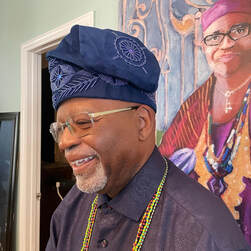
If you ask me about my path of spirituality, I will educate you. No, I wasn’t born into it, but my ancestors were born into it, and their spiritual DNA runs through my soul and blood.
If you ask about sacrifices in my religion, I will tell you it is humbling to ask a sentient being to accept my sins. It is done in the Bible. Animal sacrifice is practiced in many religions today, including Judaism, Islam, and some orthodox sects. What’s illegal about it when you accept a human sacrifice for your sins? Read it again, Christians believe in human sacrifice. Is that an irony or hypocrisy?
Why do I wear colorful elekes around my neck you wonder? Because they represent the many spiritual emanations of God present in the elements and the cosmos. Why do you wear a cross or crucifix? Is it not a representation and declaration of your faith?
If you say the practice of my ancestral religion is wrong, I must respond with this retort. We don’t discriminate against any people as you do. Our belief is the betterment of the whole person. Your view is to make others sinners, and their redemption is dependent on the acceptance of a human sacrifice ordered by God, and perpetuated by organized Christianity.
Most Western religions have no tolerance for any person or spirituality different from their religion. There is no understanding, no respect nor acceptance, only judgment. My faith promotes love, balance, harmony, and compassion. If you say you follow Jesus, you must explain your religious intolerance of others and why you promote bigotry and hate. You see, I too have a personal relationship with Christ, and I know he would burn most churches to the ground if he were walking the earth today. There is no conflict in my spirit as I see God in all paths of spirituality.
~ Dr. Christos Kioni, MSCD, h.c.
Author
Dr. Christos Kioni
Archives
July 2024
June 2024
May 2024
April 2024
March 2024
February 2024
January 2024
January 2023
April 2022
March 2022
March 2020
February 2020
September 2019
August 2019
May 2019
November 2018
October 2018
December 2017
July 2017
June 2017
April 2017
January 2016
November 2015
October 2015
September 2015
August 2015
April 2015
March 2015
February 2015
January 2015
October 2014
May 2014
August 2013
May 2013
April 2013
March 2013
January 2013
November 2012
March 2012
Categories
All
African Dispora
Bible
Christianity
Dr Kioni
Folk Magic
Hoodoo
Hoodoo Conjure
Lucky Charms
Magick Spells
Myhoodoospace
Occult Amulets
Roots
Rootwork
Rootworker
Sangoma
Zulu

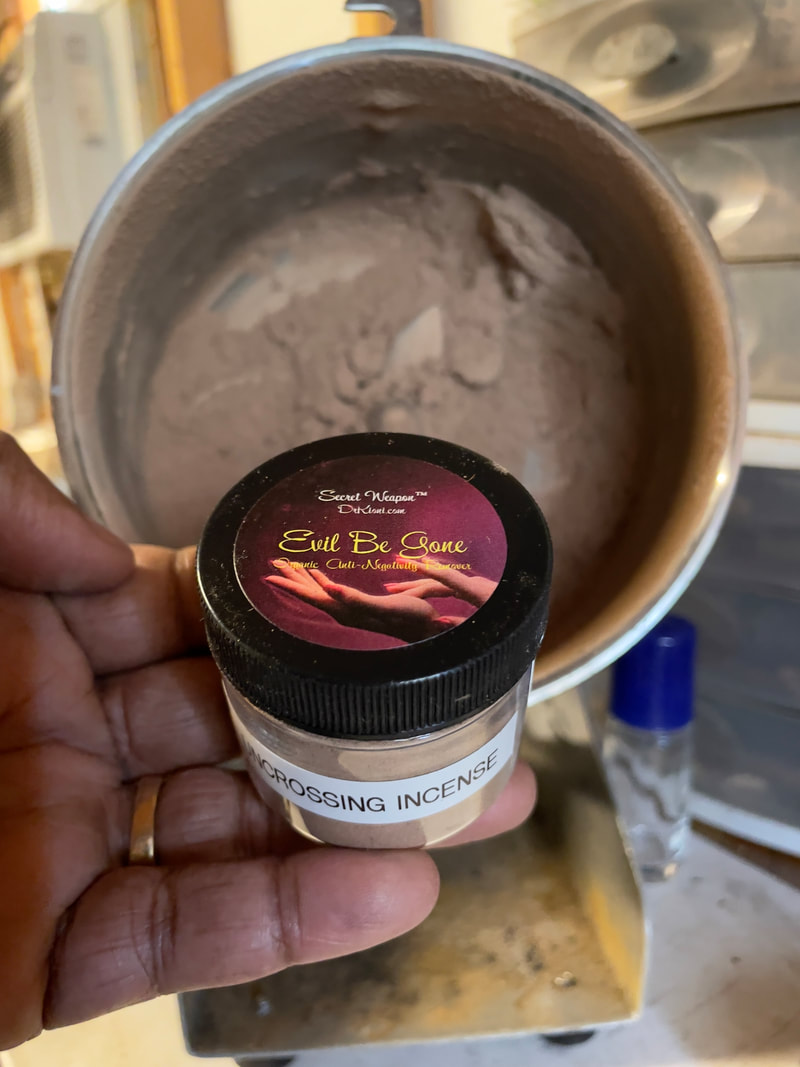
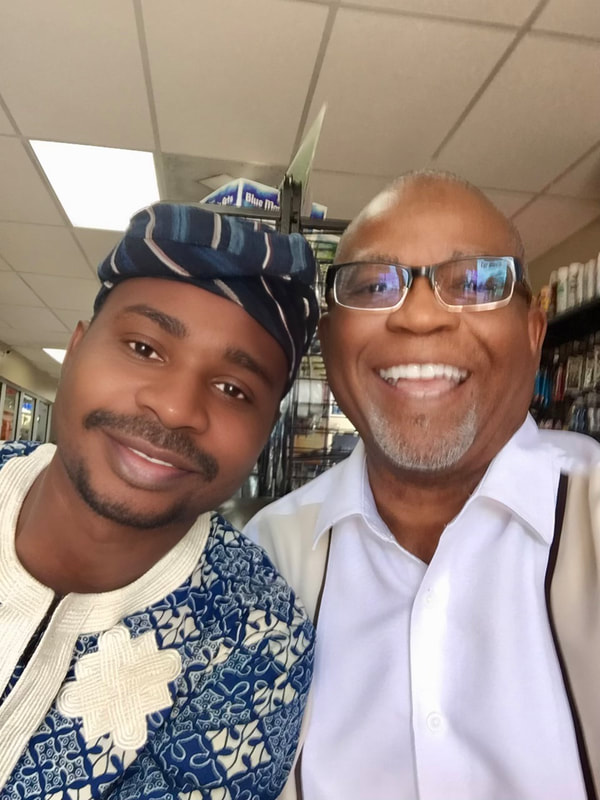
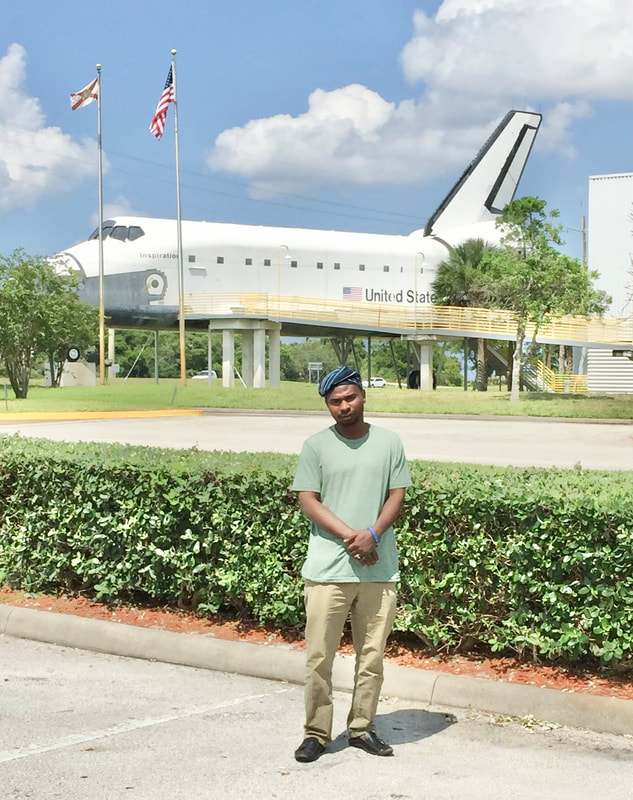
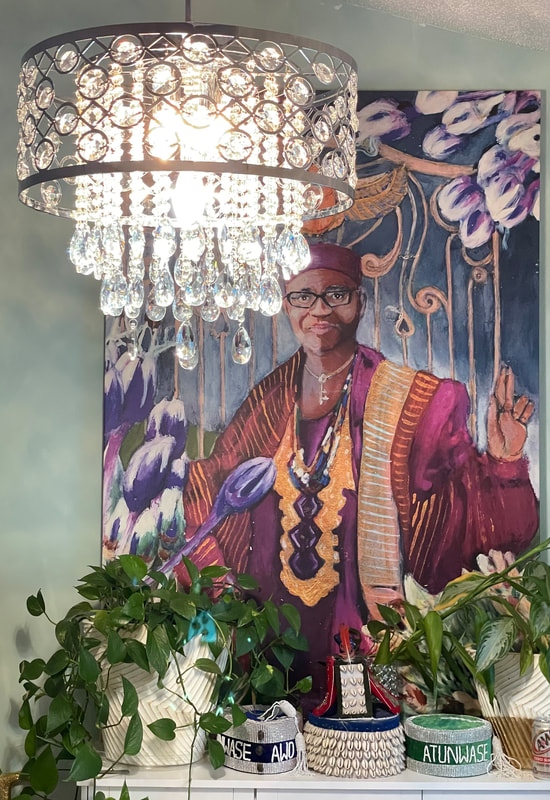
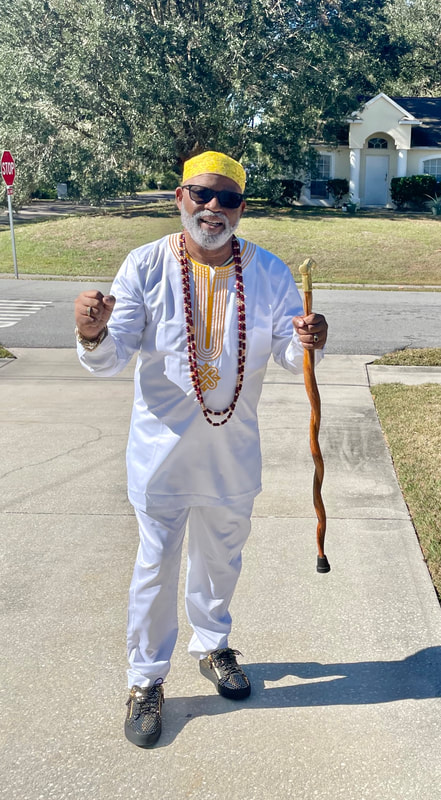
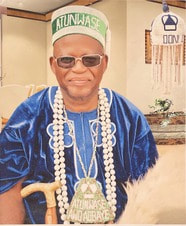
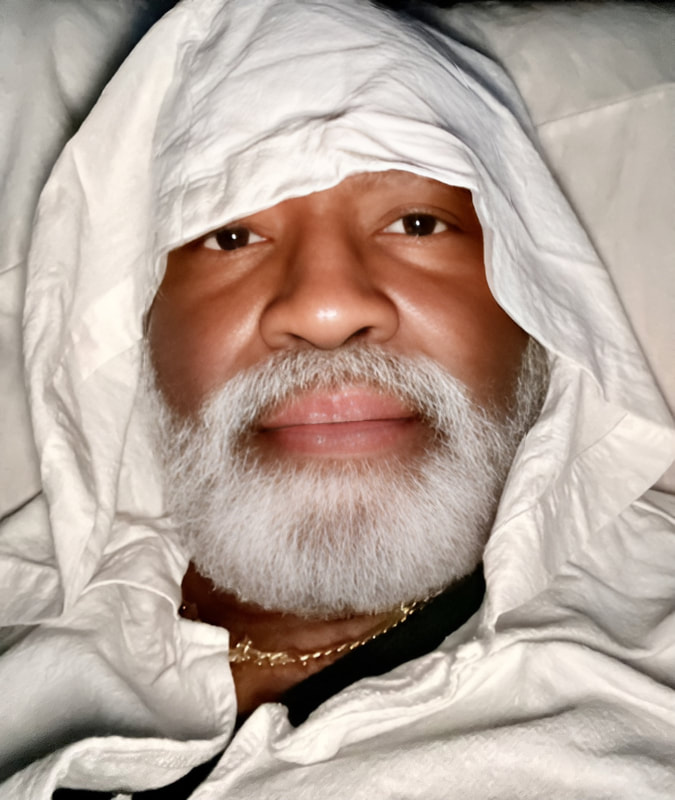
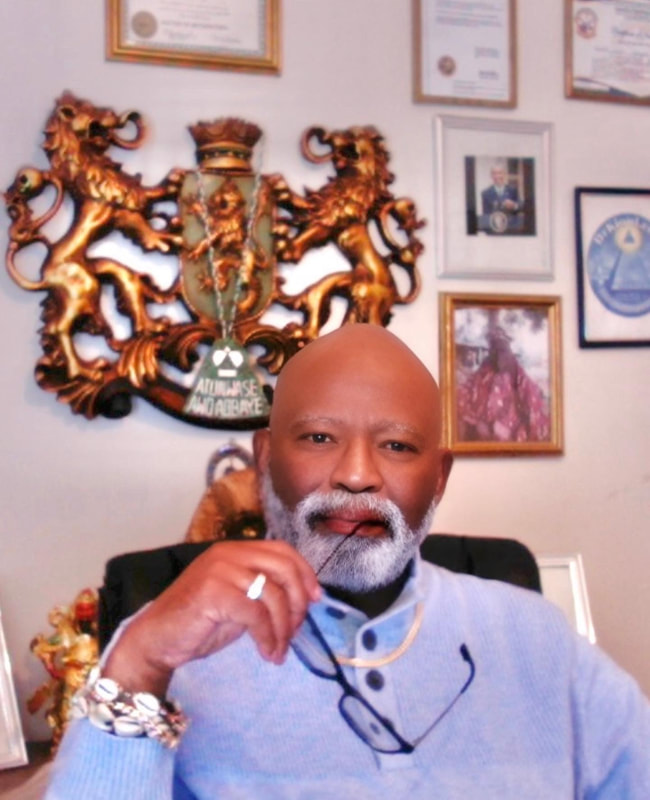
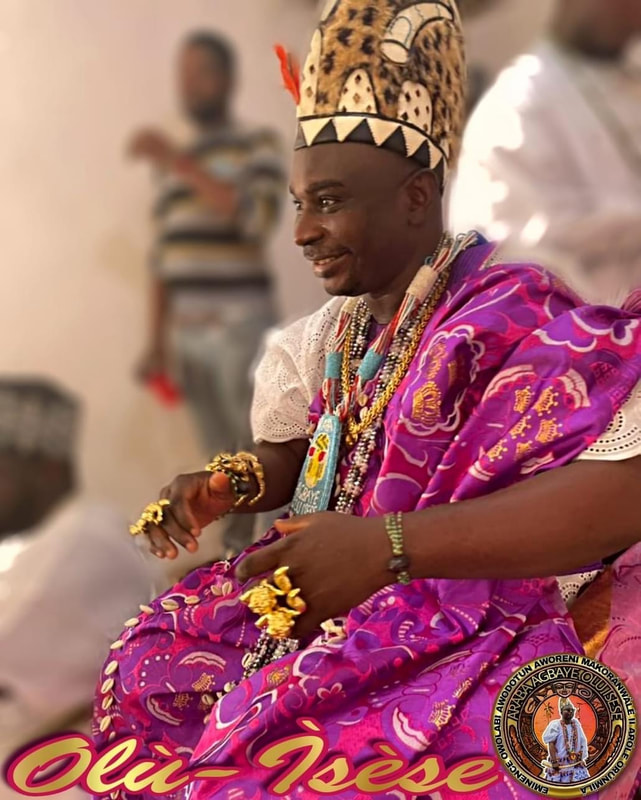
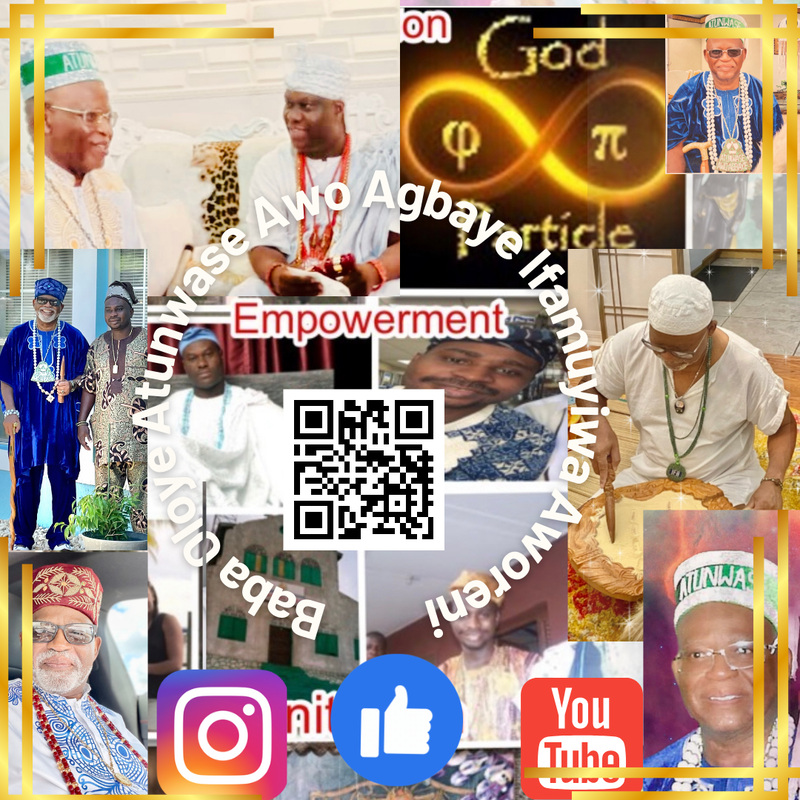
 RSS Feed
RSS Feed